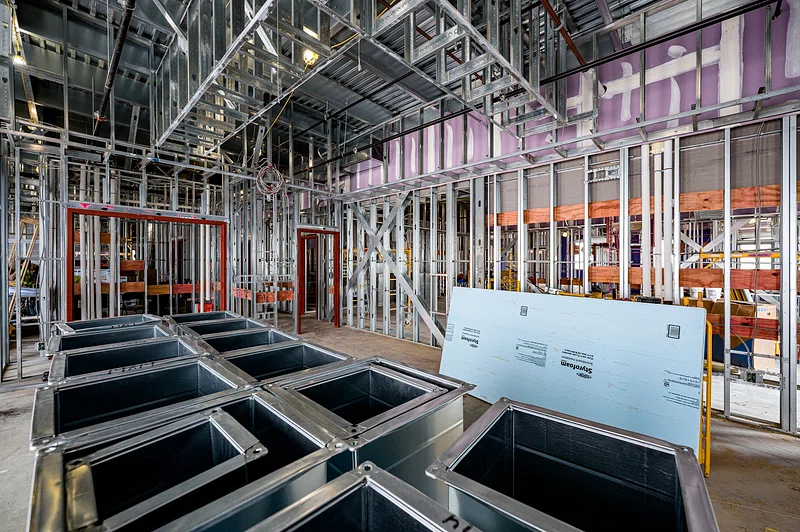Fire safety is a paramount concern in any construction endeavor, and the choice of materials can make a significant difference. In this blog, we’ll embark on a journey through the realm of fire-rated manufacturing, understanding its importance, applications, and the role it plays in creating secure and resilient structures.
1. The Foundation of Fire-Rated Manufacturing:
Fire-rated manufacturing involves the meticulous crafting of materials engineered to withstand the destructive force of fire. These materials undergo rigorous testing, ensuring they meet and often exceed industry standards for fire resistance. The result is a suite of products designed to fortify structures against the unpredictable nature of flames.
2. The Importance of Fire Safety Compliance:
Building codes and regulations exist to safeguard lives and property. Fire-rated manufacturing ensures compliance with these stringent standards. By incorporating fire-resistant materials, architects, builders, and designers not only adhere to regulatory requirements but also actively contribute to the creation of safer spaces.
3. Versatility Unleashed:
The beauty of fire-rated manufacturing lies in its versatility. It extends beyond traditional construction elements, encompassing doors, windows, wall panels, and insulation. This adaptability allows for the seamless integration of fire-resistant properties into diverse architectural designs without compromising aesthetics.
4. Confidence in Every Structure:
For both builders and occupants, the use of fire-rated materials instills confidence in the structural integrity of a building. Whether it’s a residential complex, commercial space, or public establishment, the assurance that a structure is fortified against fire hazards fosters a sense of security and peace of mind.
5. Innovations Driving Safety:
The world of fire-rated manufacturing is not stagnant; it’s a dynamic space fueled by continuous innovation. Manufacturers constantly push the boundaries, introducing improved materials and cutting-edge construction techniques. Staying abreast of these innovations allows industry professionals to make informed decisions that enhance fire safety measures in their projects.
6. Sustainability in Fire Resistance:
The emphasis on sustainability has permeated every aspect of construction, including fire-rated manufacturing. Today, environmentally conscious practices are integrated into the production of fire-resistant materials, aligning safety with a commitment to preserving our planet for future generations.
